First of all, yes I am fully aware that International Women’s Day has passed. I do have a concept of time. And yep, I’m pretty sure that there will be a small number of people who will roll their eyes, will call for an International Men’s Day, will exclaim “But what about all the male scientists?!”
Look lads, I just want to write and have a miniature fan girl over one of my favourite women in science. If it bothers you so much, don’t read the article. Post on St Feuddrews. Or yell at the sea. Whichever you think is more productive. Anywho, onwards.
I am going to take a wild stab in the dark and guess that a good proportion of you haven’t heard of Mary Somerville. When the subject of women in science comes up, there are obvious examples that most people have heard of; Marie Curie, Rosalind Franklin, Ada Lovelace. But through my totally completely accurate scientific method of asking people I know, not many people know who she is. This, and the fact that she is one of my favourite women in science, is why I am subjecting you all to a crash course in the science writer and polymath that was Mary Somerville.
She was born 26th December 1780 in Jedburgh, Scotland, a century too early for women to be admitted into university (side note: no wonder there are fewer famous female scientists; it’s kind of difficult to learn and do research when you are barred from these places because, um, reasons). Not that this was going to stop Mary. As expected, she was taught all of the lessons everyone thought a young society lady needed to know; needlework, music, French etcetera. Studying was certainly not ladylike as she was told by family members. But Mary didn’t care. She worked her way through the books in her father’s library, and managed to get her brother’s tutor to buy her books on geometry and algebra. During the day she’d play her young lady in society role, and stay up late studying.
Unfortunately, her first husband with whom she lived in London was not supportive of her interests. Fortunately, once he died and Mary moved back to Scotland with their two children, she could resume her passion for maths. Only she decided that wasn’t enough; astronomy, chemistry, geography, botany and magnetism were also interests of hers.
Though she did do experiments into light and magnetism, it was her science writing that she became known for; some of the most eminent scientists of her time praised her understanding of complex theories, and eloquence in communicating them. She, along with astronomer Caroline Herschel, became the first female members of the Royal Astronomical Society. She was acquainted with JMW Turner, Walter Scott, Charles Babbage, and many other influential figures, including Ada Lovelace, whom she tutored in mathematics. I think my favourite thing about knowing this is that, apparently, whenever Ada was stumped with a maths problem, she would visit Mary and they would discuss it over tea. Which, quite frankly is adorable.
Ok that was quite a ramble. You might notice that I didn’t mention any inventions or discoveries. You’d be right. Mary didn’t discover anything like Marie Curie and radioactivity, or Rosalind Franklin and the double helix. She was, in simple terms, a big science nerd. Despite all of the expectations around her on what she should or shouldn’t be, she persisted with her passion. Which is exactly why she is a role model of mine; I did not know about her before I started university, but I am so glad I found her.
Whenever I’m struggling with the urge to sleep through my next lecture, or groaning into my laptop over paper citing for my next essay, I need to realise that I am lucky. I’m lucky that I and millions of other women have this chance to study the subject we love at an institution that previously would have turned us away with a sneer. I like to think about how Mary, who did not have this opportunity despite her love of knowledge, would look at us and be proud.
She might not have got me into science in the first place, but she’s helping me stick to it.

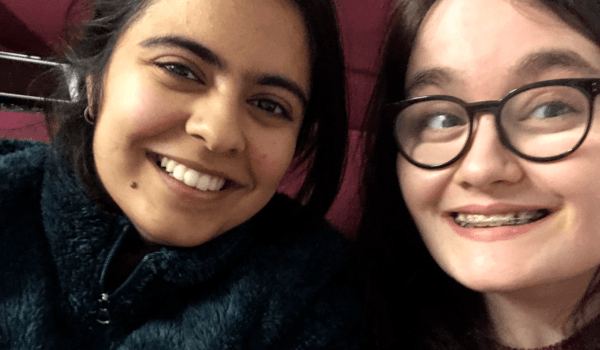
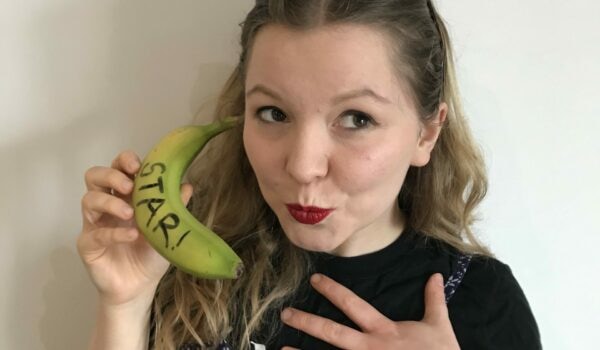
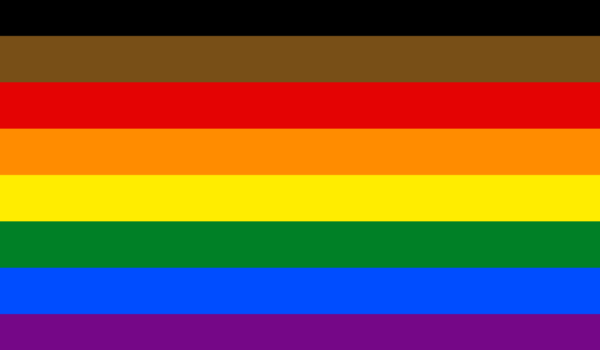


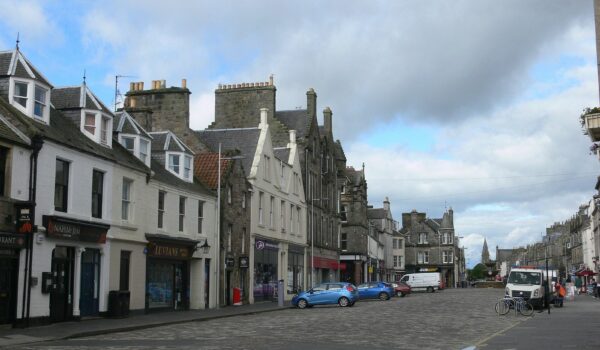
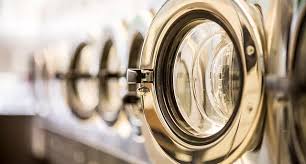
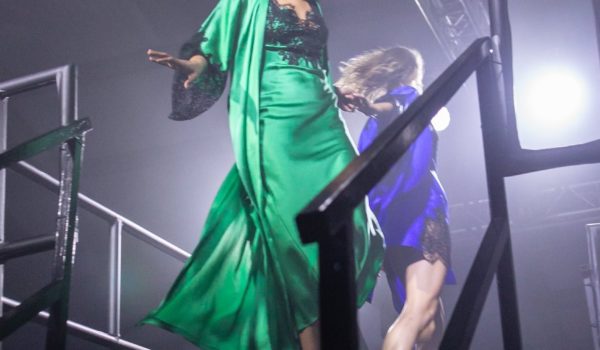
Comments